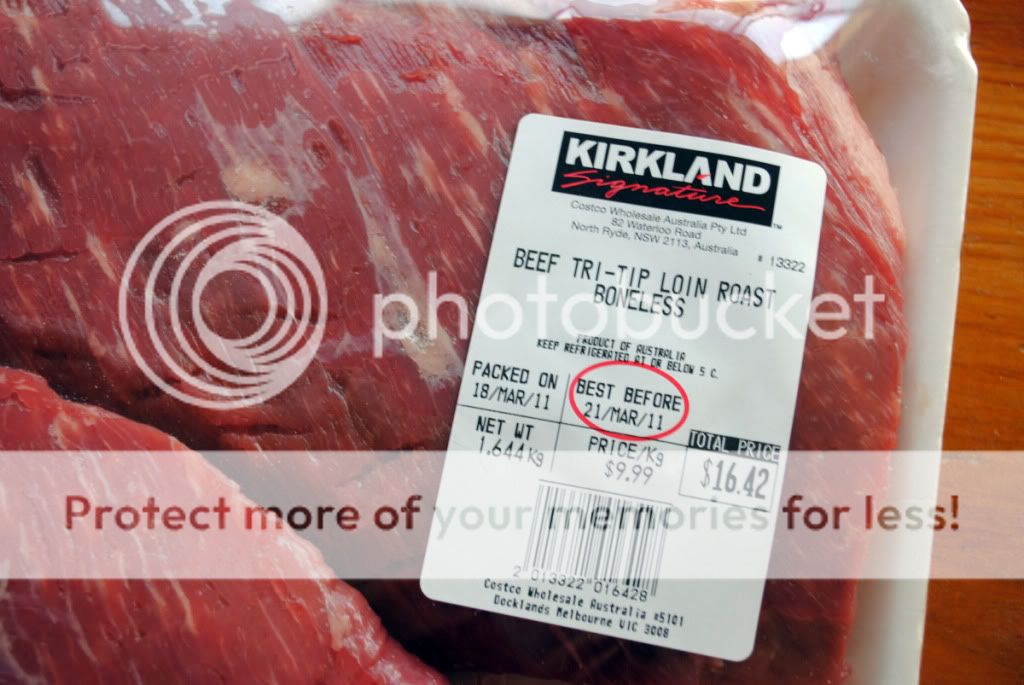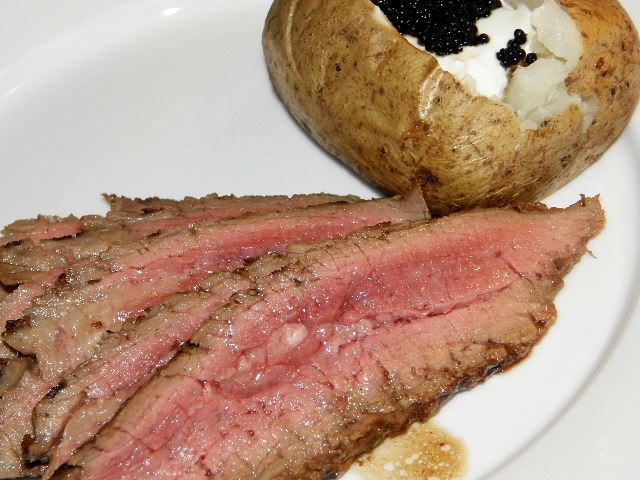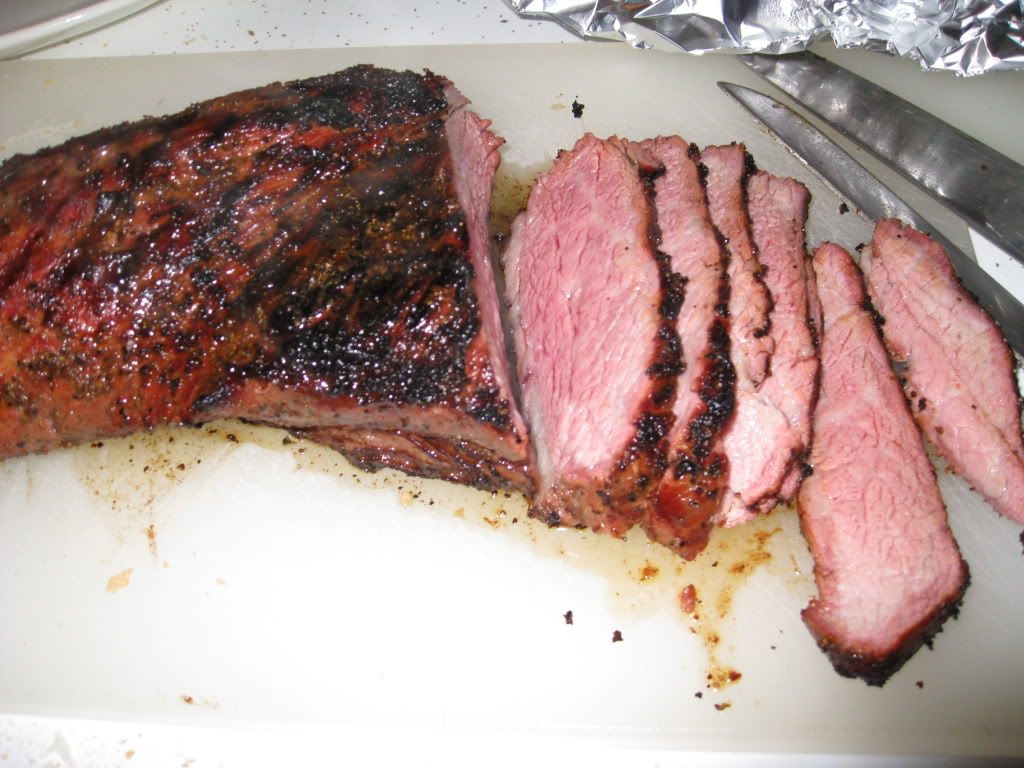To play devils advocate here. Perhaps the grey is not noticeable on the reverse sear because it was cooked indirect first, so it developed a pink smoke ring instead of the grey???
Just throwing that thought out there. I've never reverse seared. I'm intrigued by the method.
Good and valid point. Given that the Tri-Tip I cooked in the second pic was only lightly smoked and cooked at pretty high heat, the smoke ring is nominal, so what you are seeing is meat that is evenly cooked through and through.
But that's just MY opinion, so let's approach this logically:
Theorem:
If you cook meat indirect FIRST, you are essentially roasting the meat at an even temperature. Provided the meat is completely at room temperature when you put it on the grill, it will cook more evenly throughout. However, when you direct sear, you cook the outer portion of the meat more quickly, while the inner portion cooks more slowly. The end result will be meat that is significantly more done than the inside portion.
Proof:
Experiments in numerous test kitchens were conducted to see whether meat initially seared over high heat sealed in the juices to create a juicier piece of meat. Conventional wisdom taught this for years, with the rationale that searing meat initially over high heat would create a crust that would keep the meat juicier inside. Unfortunately, this method did not produce juicier meat, but instead, had considerably more moisture loss than indirect cooking.
Conclusion:
Despite what we've been taught about searing meat first, doing so will always result in a less evenly cooked and less juicy piece of meat. Period.
If any of you happen to disagree at this point, if you haven't tried doing a reverse sear first, then please do so to compare the two, and see the difference. I would also suggest to any and all doubters out there to google these keywords:
"Chris Finney reverse sear"
Do a little reading and I think you'll be more than convinced, but again try it yourself and the results will speak for themselves.
To quote directly about Chris Finney:
[FONT="]Bucking traditional cooking thoughts, Chris pioneered the “Reverse Sear” method of cooking. Traditional thinking has it that you sear a steak or roast (to seal in juices) and then reduce temps to finish cooking but doing research Chris found the opposite to be true. Searing the meat damages the cell walls and releases moisture, but roasting alone didn’t add a lot of flavor like the searing did. What about searing after the meat was cooked? “That’s just crazy talk”… but exactly what he found that you need to do. For more than 3 yrs Chris tried to get fellow cooks to try his method of cooking steaks and roasts with little success until… Unbeknownst to them, “Cooks Illustrated” and “America’s Test Kitchen” proved out “The Method” in 2007 using an oven and then a cast iron skillet. And, Alton Brown used basically the same method for cooking rib roasts in the oven. Now ceramic grill users are finding the benefit of the “Reverse Sear” because it is easier (and faster) to raise the temp in a ceramic cooker than lower it. In 2007 a Florida newspaper touted the advantages of using “The Finney Method” in an article called “To Sear, or not to Sear”.[/FONT]









